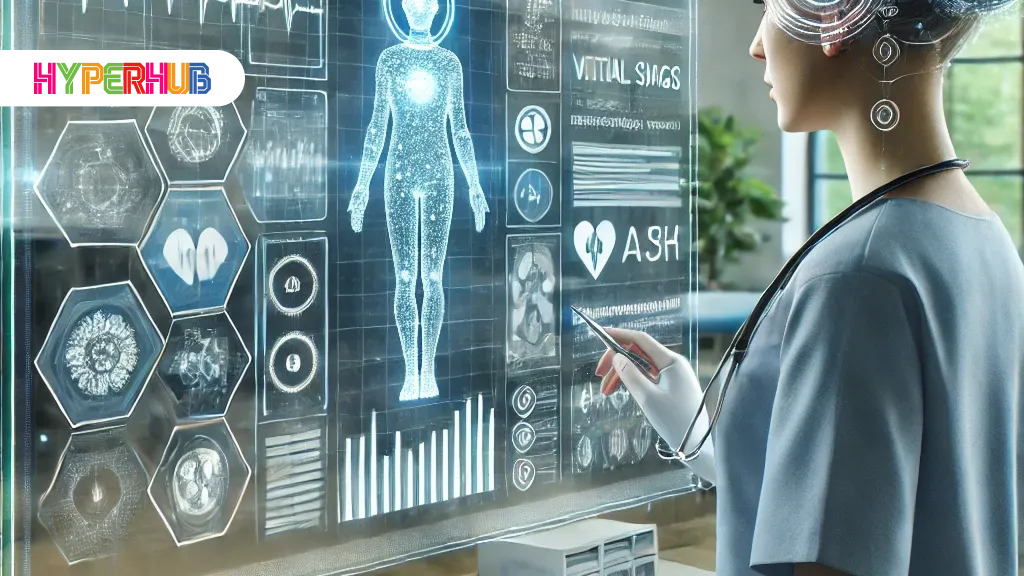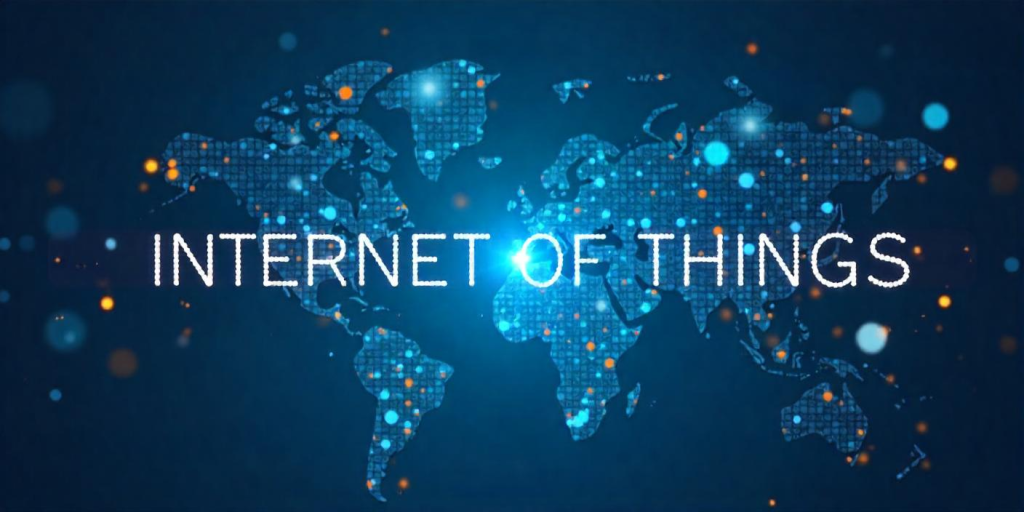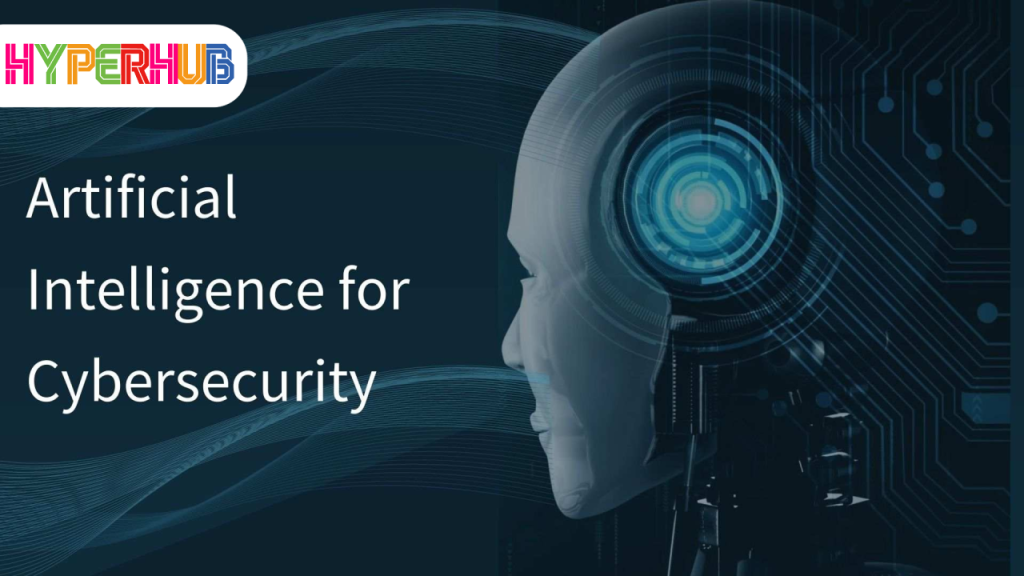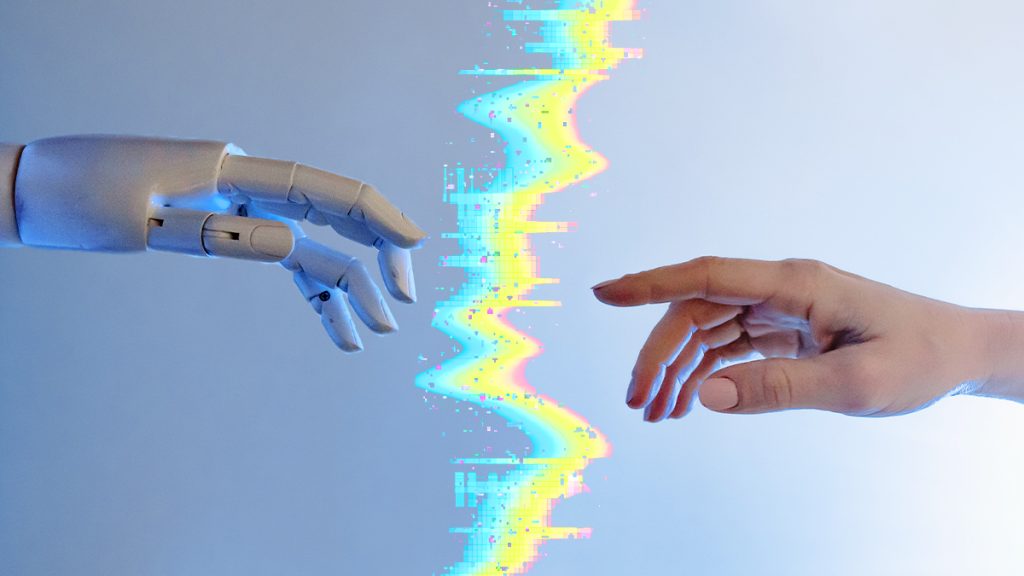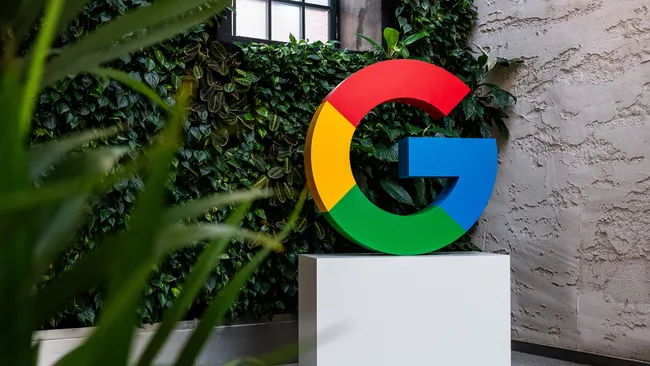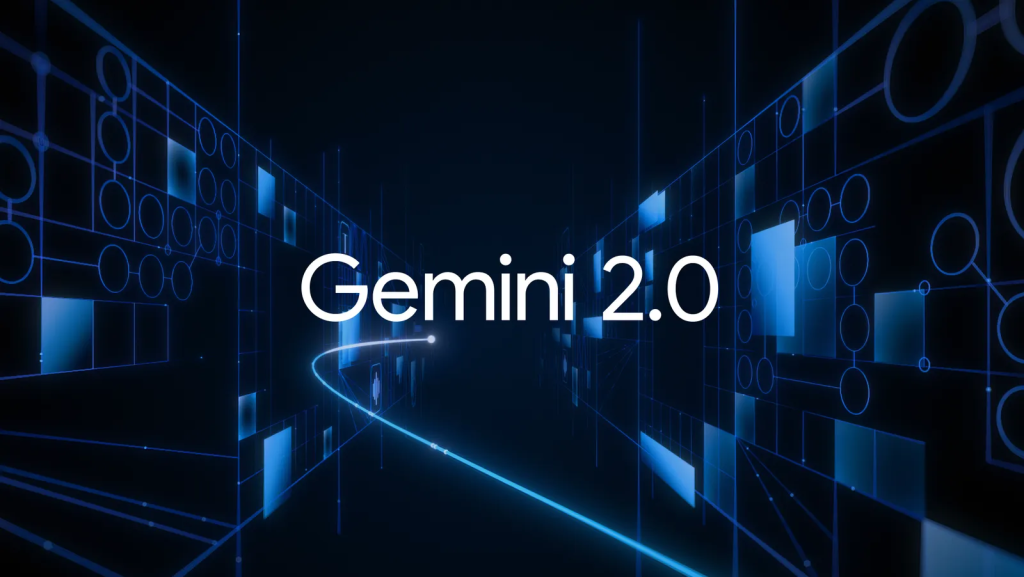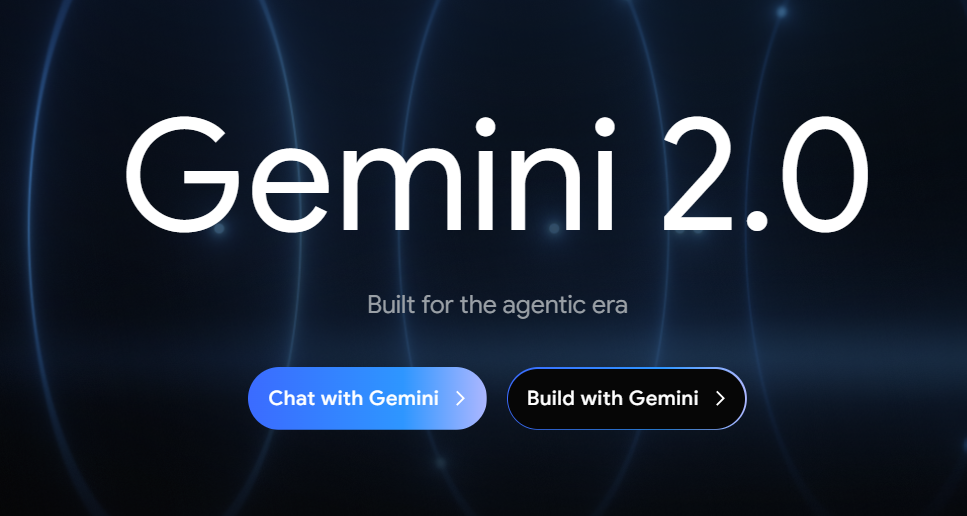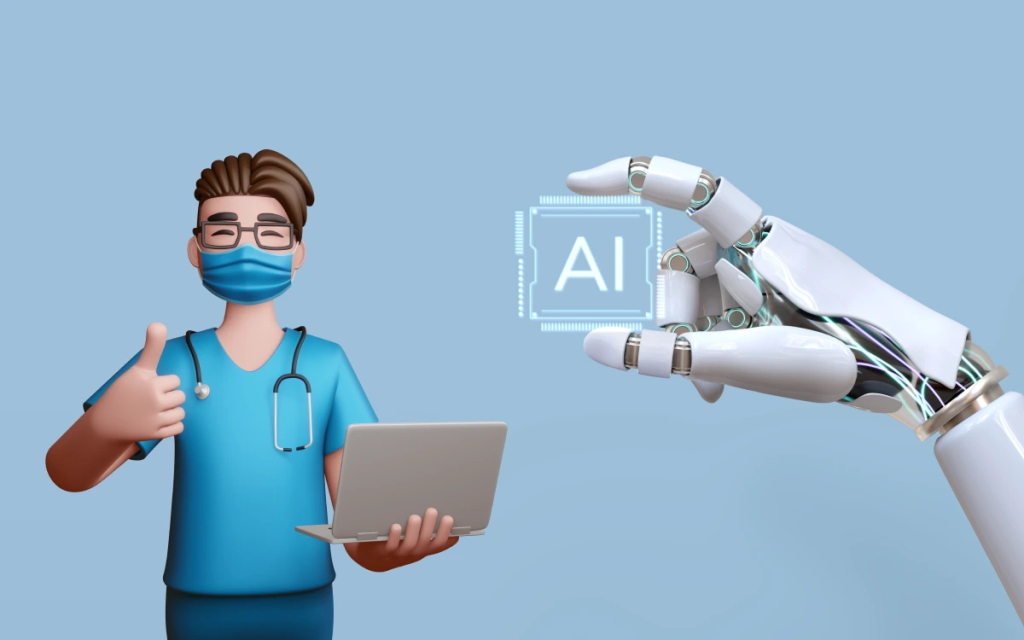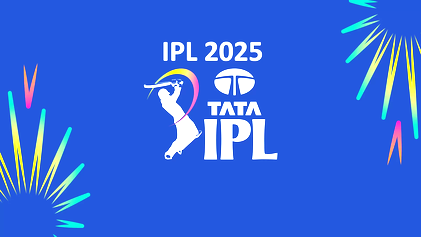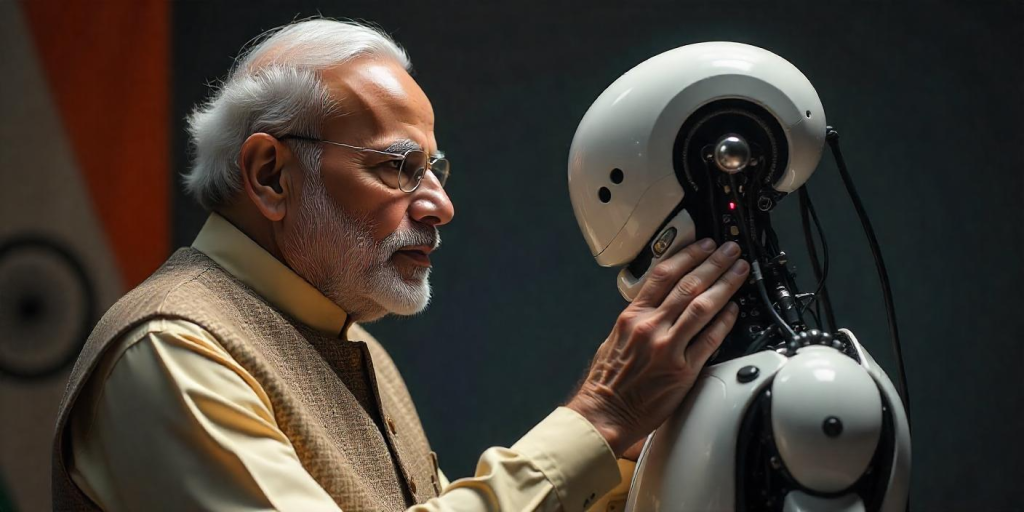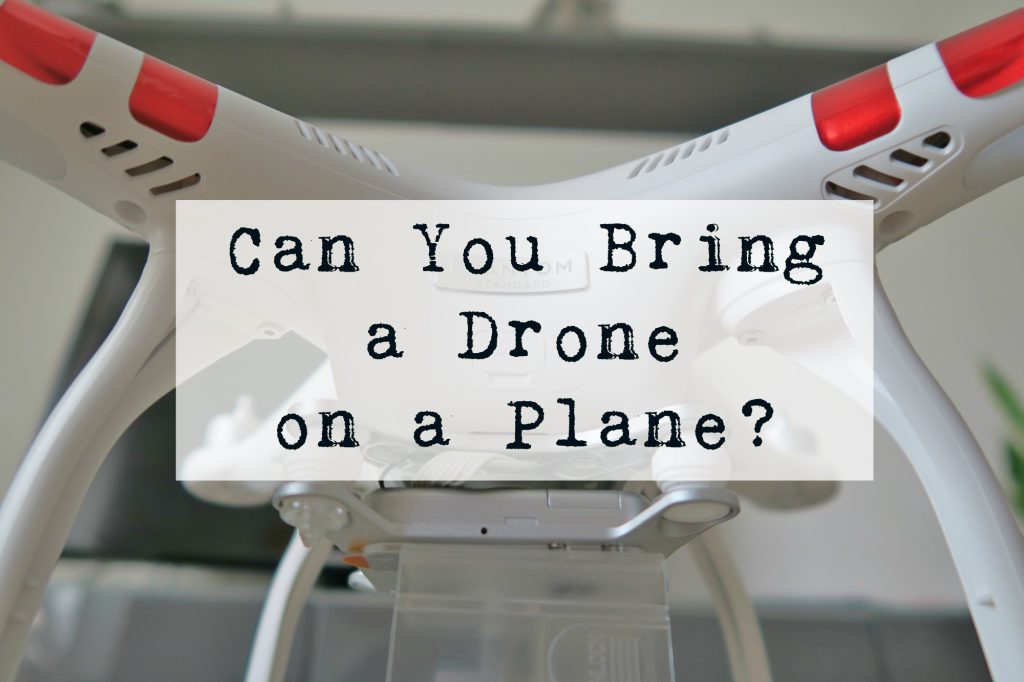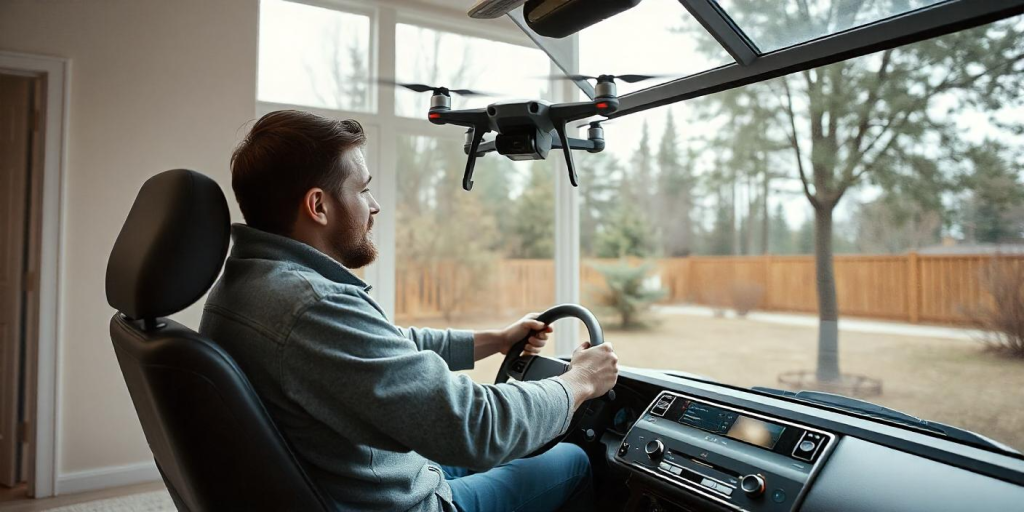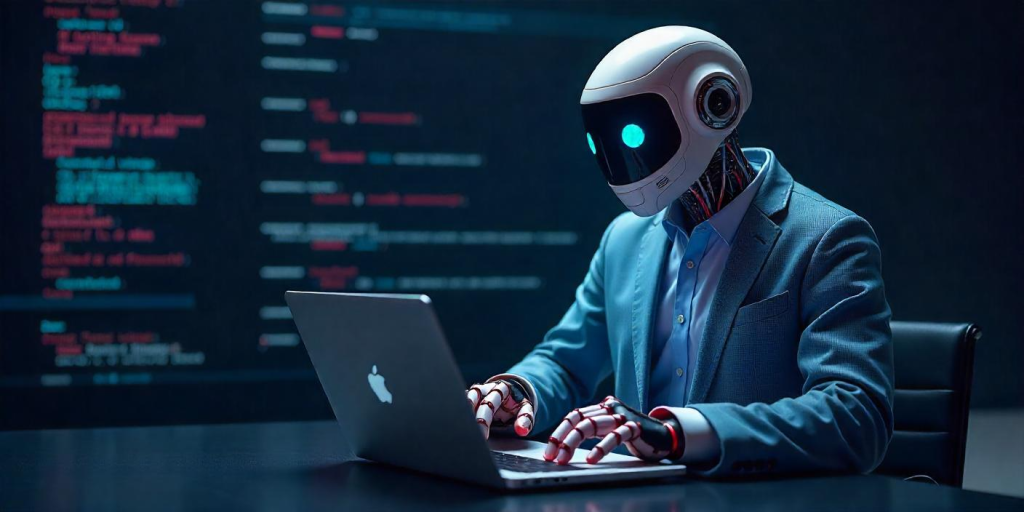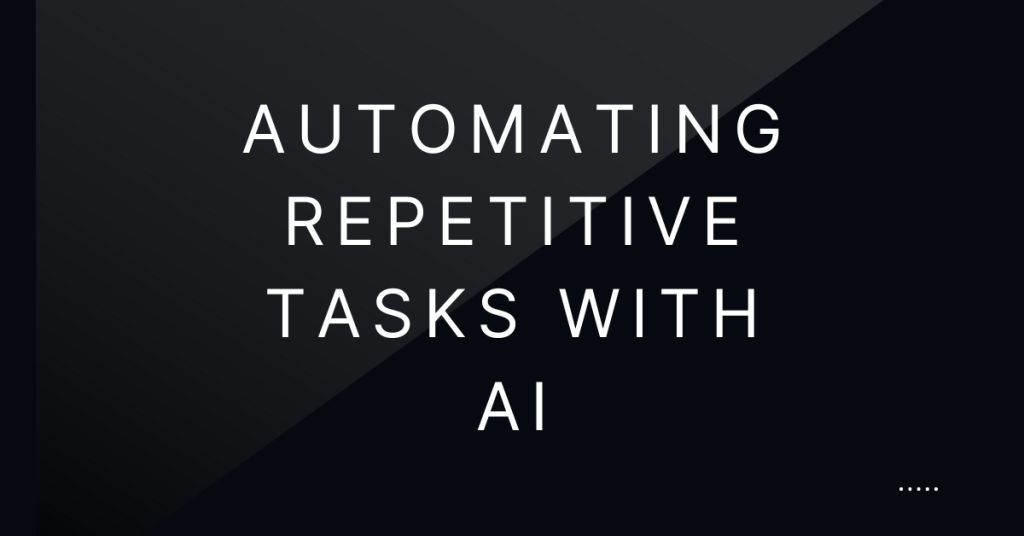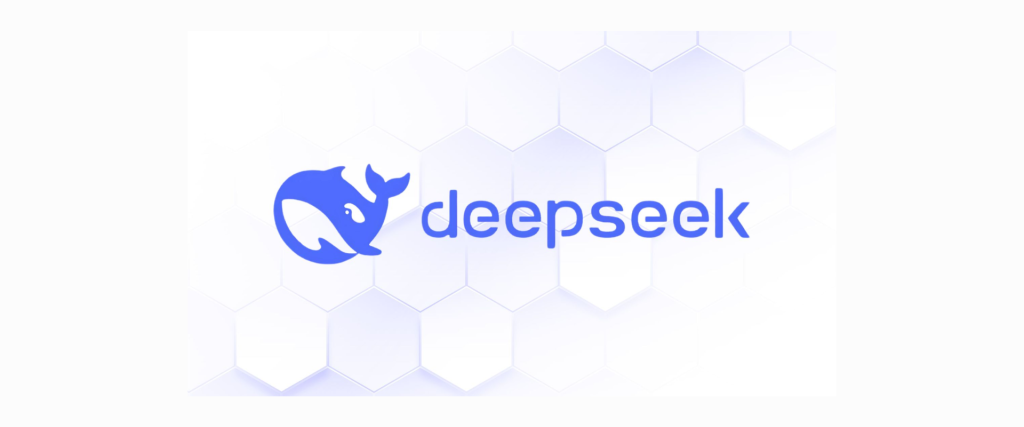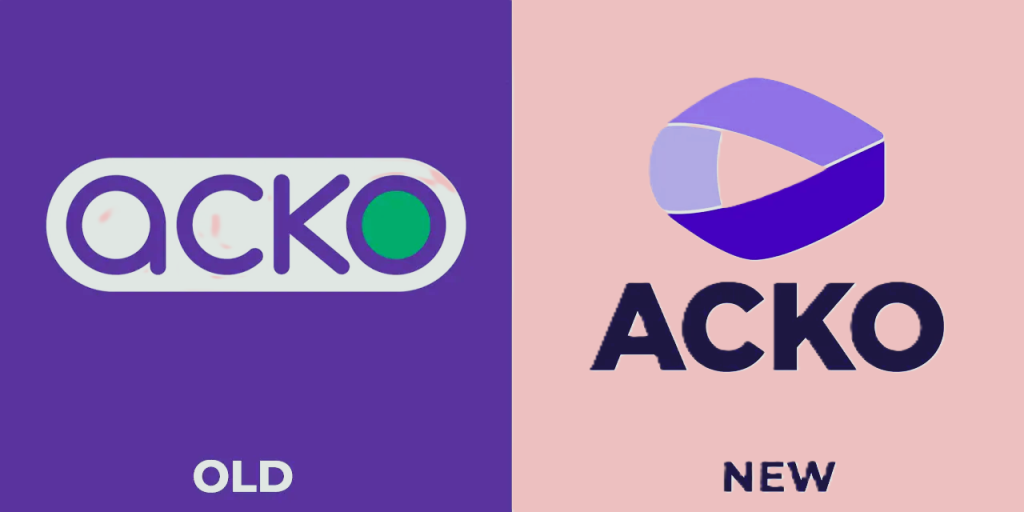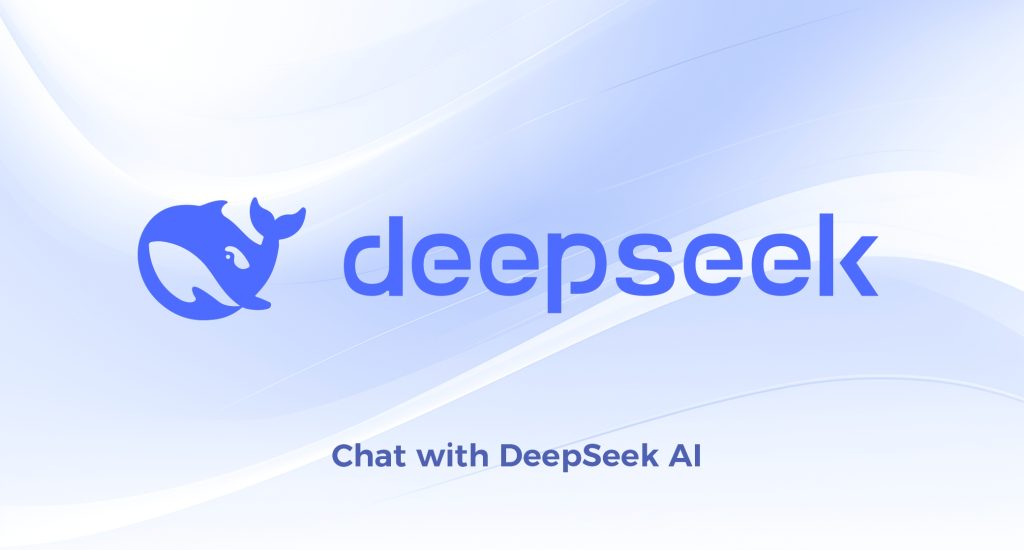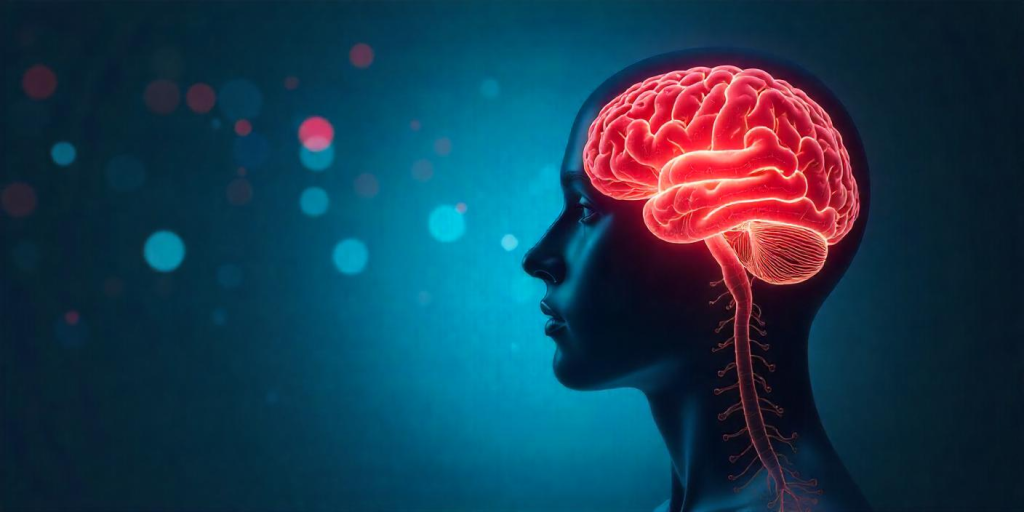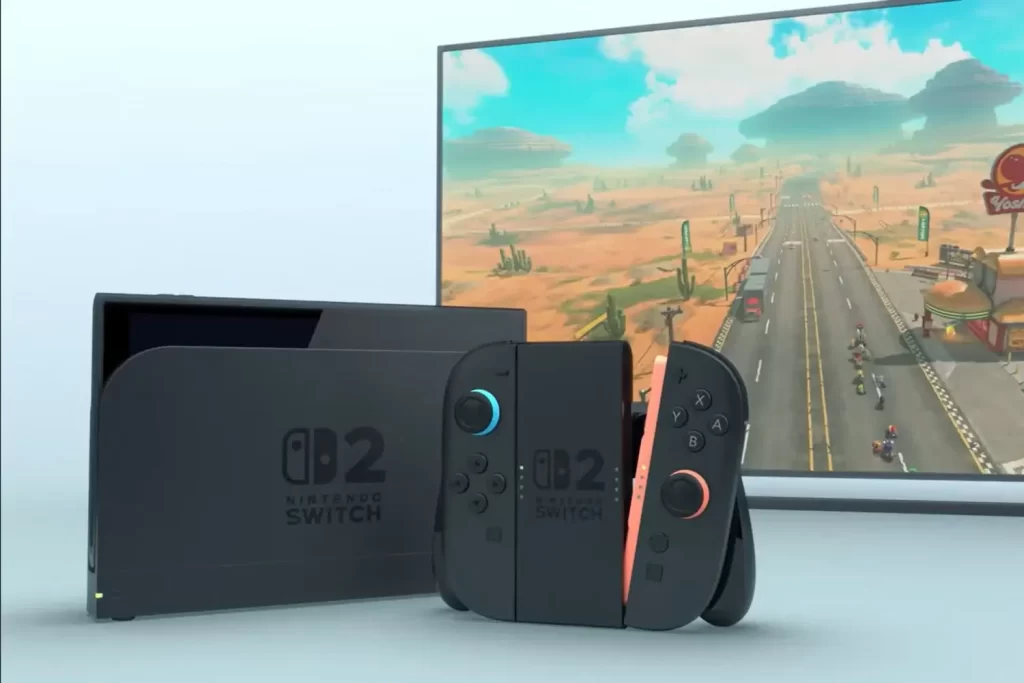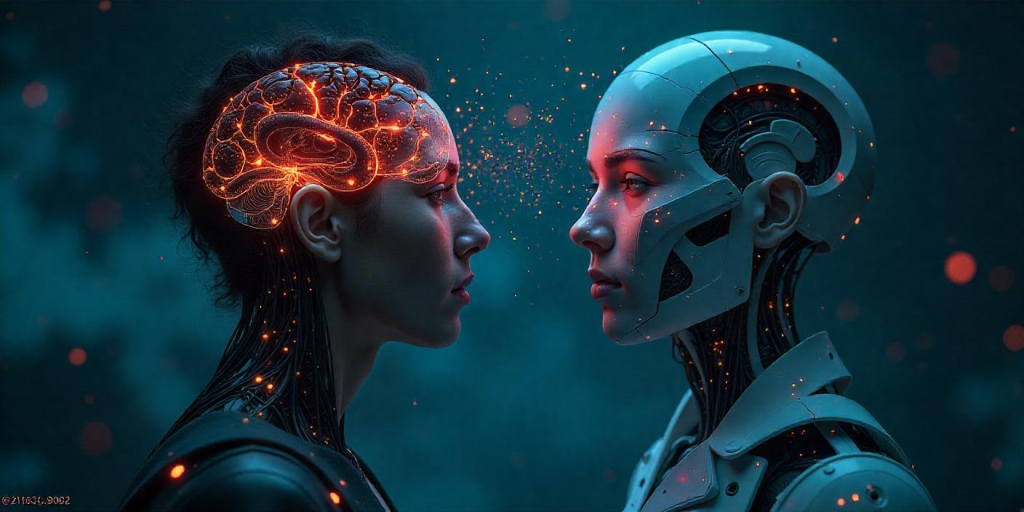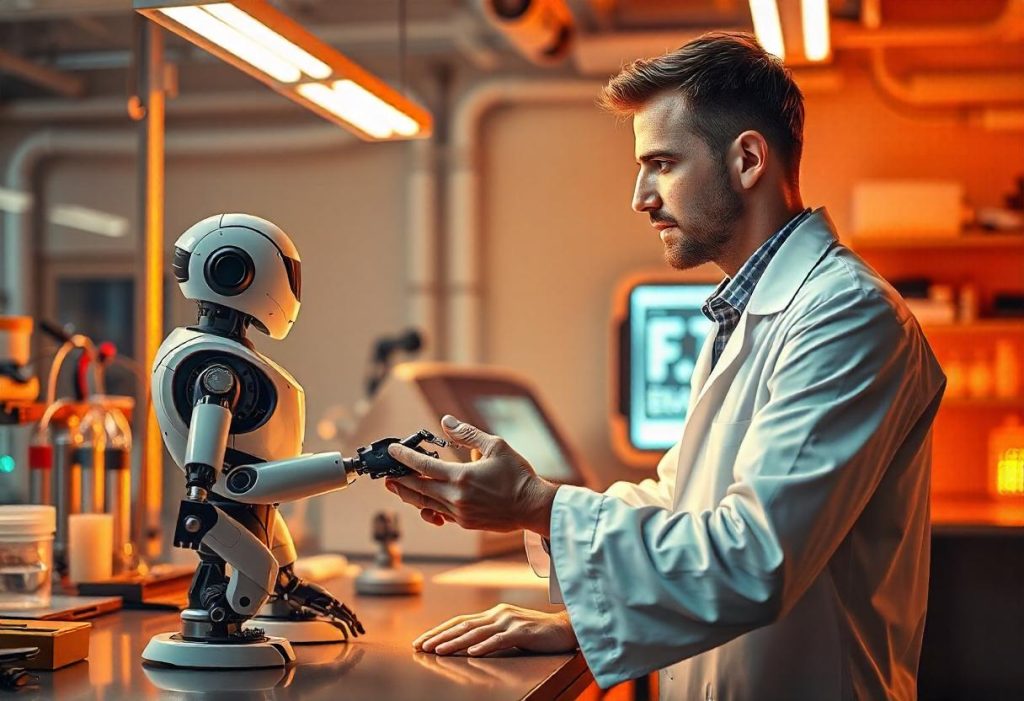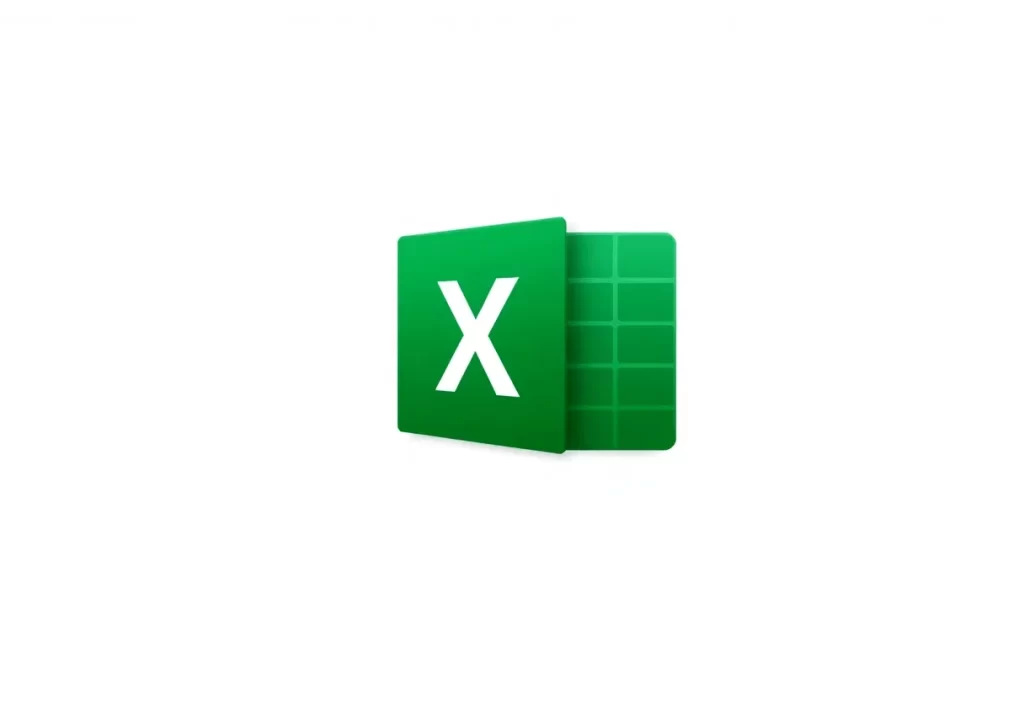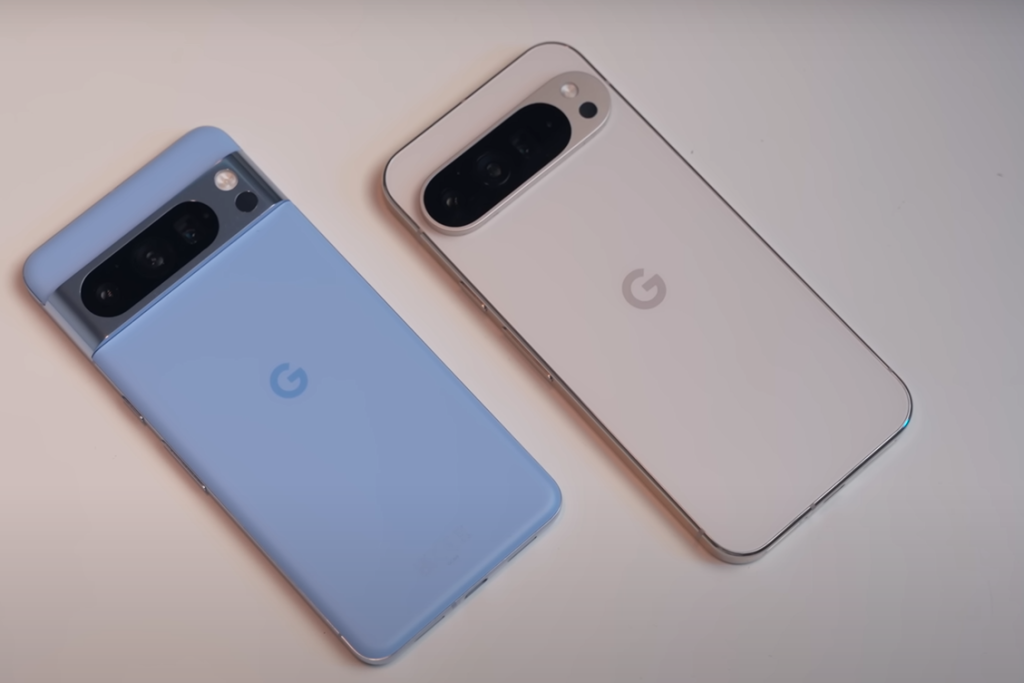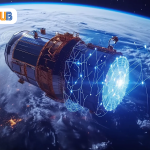What is mean by Internet of Things (IOT) ? How AI Work On IOT
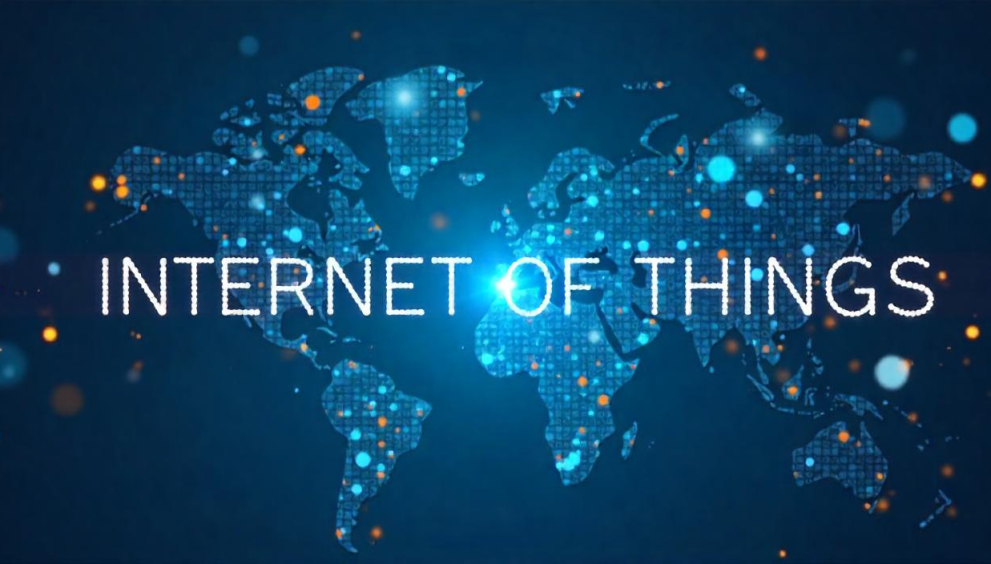
Introduction
Look, the Artificial Intelligence take on IoT gives traffic, or whatever essentially needed to understand the implications of building an interactive world on the core technologies of smart objects that constitute AI. Traffic, and indeed the ammunition of others, then creates what IoT is and how AI, by ripping down and blurring the boundaries of rational use, essentially invalidates the concept of IoT such that they become practically meaningless, given very little or no human control. The discussion follows an explanation of IoT, key definitions and expectations concerning AI in the IoT framework, and settings in which it might find practical adoption in today.”
Internet of Things
IoT-were the building system of devices-things-interconnected so as to have these things cooperate swooping with one another using the internet.This intelligent transformation in real-time decision-making is cemented by AI on account of the fact that an IoT system becomes actually much much smarter in being able to independently make decisions, which means without human confrontation at all. The discussion follows the explanation of what IoT is, some key definitions and expectations about AI within the IoT framework, and some settings where AI might find practical adoption in the real world today.
What is the Internet of Things (IoT)?
IoT is generally defined as a system of devices that act as physical entities that are interconnected among themselves and, in so interconnecting are able to collect, share and exchange data through embedded software that is, in some cases, capable of working with sensors and other technologies. The devices may include smart home appliances, wearable devices, industrial machinery, and telemedicine health care devices. The potential applications of IoT include important technology advancements that can be developed to boost operational efficiency in many ways, optimize the quality of decision-making, and ensure improved automation across industries.

Major Features of IoT
- Connectivity – IoT devices connect through public or private networks.
- Automation and Control – Enable automation without the need for human intervention.
- Real-time Analytics – Insights gained from real-time data collected from devices.
- Scalability – Scalable over industries and applications.
- Security – Safeguards data and device integrity.
How AI Does Work on IoT?
AI gives the Internet of Things intelligence by making it capable of making intelligent decisions based on collected input. Insights based on data analysis of data generated by IoT systems over a vast range of time can help track and validate any trends, predict future happenings, and in specific situations, act by themselves without any say from the user.
How AI Traffic to the Internet of Things
- Data Processing and Analysis – One of the use cases in AI is on-the-fly processing of data streamed from sensors.
- Predictive Maintenance-Machine damage gets predicted, and alerts are sent to maintenance crews.
- Anomaly Detection– Identifies security threats and illegal activities in IoT networks.
- Natural Language Processing (NLP)- Powers enterprises like Alexa and Google Home: Voice-driven parsing of commands to automate actions.
- Edge Computing- Enable reduced latency by performing computation over data at the device itself.
Applications of AI in IoT
1. Smart Homes
An AI-empowered IoT system for smart homes would include such things among many others as smart thermostats, voice assistants, security cameras, and automated lighting systems.
2. Healthcare
The IoT-enabled AI solutions allow remote patient monitoring, live health tracking, and robotic surgery. Such wearable devices, such as smartwatches and fitness bands, collect health information from the patient and provide personalized health advice.
3. Industrial Automation
AI-enabled IoT into industries primarily involves automating the manufacturing and equipment performance monitoring as well as predictive analytics, which drastically minimizes operational costs using machine learning algorithms.
4. Smart Cities
Through AI in traffic management, energy conservation, and smart or intelligent surveillance systems, the IoT is indeed helping facilitate the holistic smart city transformation.
5. Industry Agriculture
Smart farming employs IoT sensors and artificial intelligence in soil health, irrigation automation, and crop yield optimization.
Challenges of AI in IoTOne of the functions of IoT is to be one of the main attacks surface for cyber threats.
- High Implementation Cost:– Investments in developing AI-oriented IoT systems are rather high.
- Data Management:-This is challenging to manage with huge data.
- Interoperability Barriers:-Different devices may not have access to each other due to different tongues.
- Compliance with standards:- Agencies have to comply with data protection laws and guidelines requiring legal compliance.
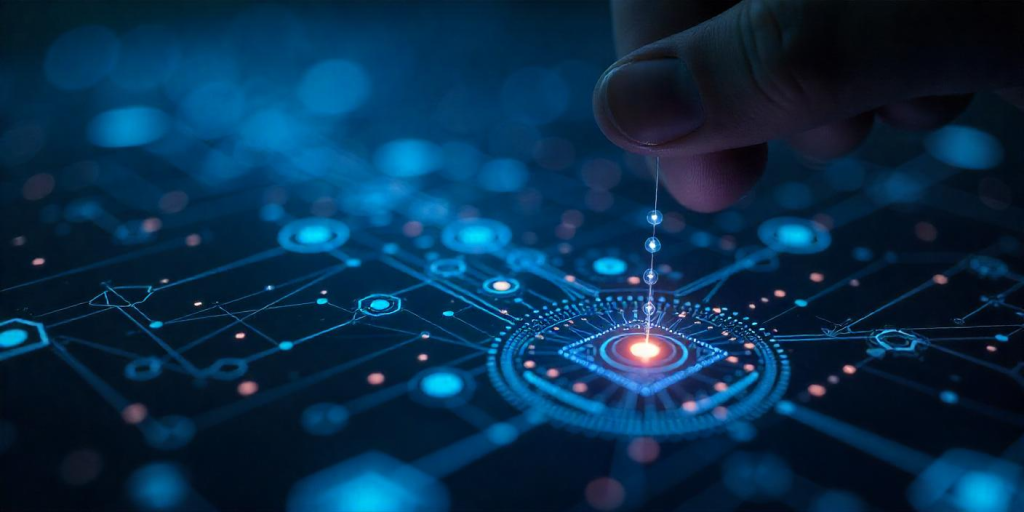
Future of AI in IoT
Emerging new changes, such as the 5G roll-out, the blockchain integration, and future AI solutions in cybersecurity, are bright for the future of AI in IoT. In an advanced technology generation, possibly with new development, AI will again begin disrupting industries and making them increasingly automated and efficient.
Conclusion
AI and IoT are driving forces that change the way one engages with technology. While IoT connects devices, AI adds that extra intelligence to the IoT, making it operate efficiently. Therefore, businesses and industries must embrace AI IoT solutions to remain relevant in the digital world. If organizations can realize the opportunities of IoT and AI, they can use it to develop new products and generate business.
FAQs
- What is IoT in simple words? IoT would be a network in which smart devices communicate and share data over the internet.
- How AI adds value to IoT? Added intelligence is given to IoT devices by adding the capacity to analyze data, determine decisions, and execute tasks without human intervention.
- What are some examples of AI in IoT in real life? Some examples are smart homes, health monitoring, industrial automation, smart cities, and precision agriculture.
- What are the challenges in AI-driven IoT? Security threats, high costs, data management difficulties, and interoperability are just a few of the challenges that exist.
- Future AI in IoT? AI-related IoT should continue transforming industries with advancements in 5G, AI, and cybersecurity.

 English
English 



